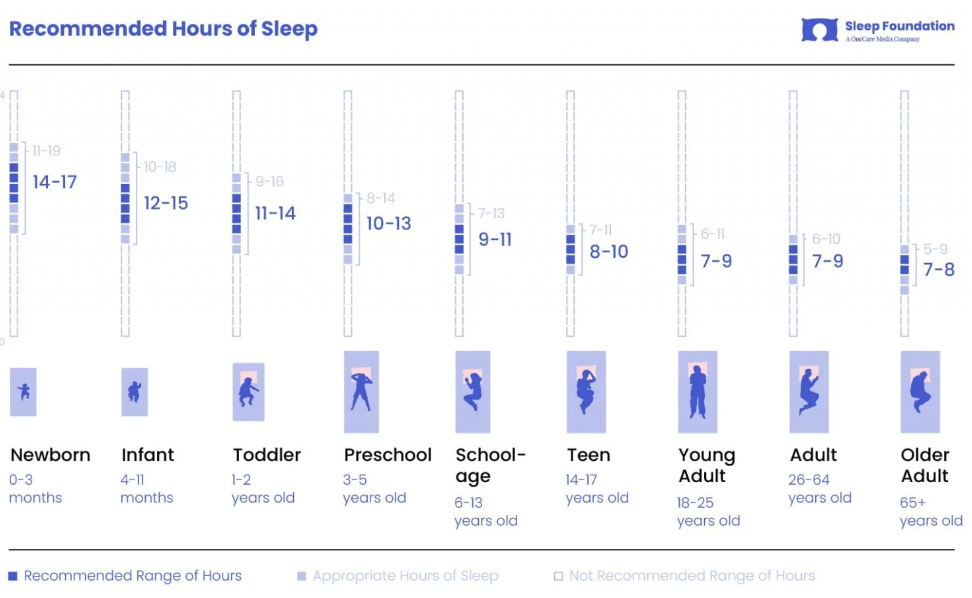How to Manage Chronic Pain with Lifestyle Changes

Chronic pain is an issue that many individuals struggle with in their day-to-day life.
This pain can massively limit what a person is able to do or what they want to do. You may avoid certain activities that you used to look forward to in order to reduce the chance or amount of pain. Chronic pain continues to be difficult to treat as it goes beyond purely biomedical problems.
Humans are complex creatures and current research is pointing to treatments that investigate biopsychosocial factors. Addressing lifestyle factors such as, physical activity, sleep, water intake, and nutrition, will help with chronic pain.
Physical Activity
The United States Department of Health’s guidelines are 150–300 minutes of moderate aerobic exercise a week. For adults, they recommend 75 minutes- 150 minutes of vigorous aerobic exercise a week. The department also recommends resistive exercise at or above moderate intensity at least 2 days per week. Although this may seem overwhelming, they note that some form of exercise is better than none.
Tracking your current fitness levels can allow you to understand what is needed to improve. This change can be as minimal as adding a 5 minute evening walk to your daily regimen.
Decreasing the amount of time we are sedentary can help with chronic pain. Spend more time up and moving around the house rather than sitting in front of the TV or on our phones. The best way to improve physical activity is to find activities you enjoy and slowly increase your time doing them.
Sleep
According to the National Sleep Foundation, adults need 7-9 hours of sleep a night. This can be difficult to attain, but there are several ways to improve your ability to get the sleep you need. In order to get 7-9 hours of sleep you need to budget out 7-9 hours for it. For example, if you need to wake up at 5:00AM, you need to plan to be asleep by 9:00PM. This will ensure that you get the rest your body needs to function at full-capacity.
The key is getting into a routine and sticking to it so your body can winding down. A few things that you can implement into your routine are:
- Keeping your room cool and low light
- Putting away electronics and reducing the blue light for around 30 minutes prior to sleep
- Reducing caffeine and alcohol intake in the hours before bedtime

Water intake
There are many different factors and current recommendations surrounding water intake. A general rule of thumb is to try and get half your body weight in ounces of water a day. Increasing your water intake to these levels can help to reduce chronic pain and improve overall function.
Depending on the weather and your activity level, you can drink a little more or a little less. The key is to not rely on your thirst cues. If you feel thirsty you are already beginning to dehydrate.
Nutrition
Poor dietary habits have been linked to chronic pain. There are several general nutrition guidelines that can be helpful such as:
- Eating a variety of foods with plenty of color (fruits, vegetables, and complex grains)
- Lowering fat, sugar and salt in your diet
- Balancing your food intake with your activity levels
Click here to get our heart healthy Egg-White Oats recipe
These are 4 factors that you can change to help mitigate your chronic type pain and improve your overall health. It can be very beneficial to talk with your Doctor or Physical Therapist for more specific guidelines.
Every person is different and has different needs. By working with a health professional, they can help create a multimodal plan that is tailored to your needs.
To schedule a free screening with one our therapists, fill out the form below.
Schedule Your Free Screening
We'll meet with you one-on-one to discuss your concerns and conduct a simple assessment to determine if physical therapy is the right path for you.